Hello again everyone, it has been a while since the last time we talked, my bad, but the semester before graduation is always crazy, but happy to be here with you again!
This time I will share to you a pretty nice activity that you might try when you are in Uppsala; Quezzle, an escape room in Uppsala, this is a unique game where you need to solve puzzles and riddles, using clues and hints to complete a series of objectives until you can literally escape the room, but I guess the name of the game is very explicit on that.
With the #taggedforuppsala group, we went to Quezzle, this place is great, there are two rooms, with different themes, the Pharaoh Room and the Space Room, the Game Master is Andreas, pay attention to the introduction that he gives before you enter the rooms, this could be the key to find your way out or not and by the way, do not take the torches from the Pharaoh Room, they are purely decorative, and if you take them out, it will be game over…literally it will cut the energy off the room.
We split in two teams, some went to the Pharaoh Room and the team I was part of went to the Space Room. This was the first time I was in a game like this, and it was a really nice experience and a great opportunity to team building with my friends, I can tell you that is not as easy as it sounds, but without doubts you will have a great time there.
I can not say more on what is going on inside the rooms, that might spoil all the fun, but if you are wondering who save the galaxy and who has the last infinity stone, well you might find them in #taggedforuppsala, by the way please pray for the rest of our group, they couldn’t escape the Pharaoh Room, pretty sad, but life continues.
By the way guys, this is the last post I will write for #taggedforuppsala, I completed my studies, but I am sure new international bloggers with come next semester as it happens always in Uppsala University. I just want to truly thank you for being part of this amazing community, for reading our posts, and keep the spirit of Uppsala University up, and if you are thinking of coming here, please don’t hesitate, it will be the best experience of your life, being part of the oldest university in Sweden, and experience the student life in a international city like Uppsala is something unique that will change you forever.
I want to especially thank, Hannah, Lina and David, they were the first people I met in Sweden (literally they are waiting for the newcomers at the airport in the arrival days), and thanks to them we have #taggedforuppsala, and their friendship will accompany me all my life. Thank you for allowing us to be part of the rich life of the University, and try to share our experiences in Uppsala, I hope you had the same fun we do, and if you are coming, good luck, and keep on sharing.
I will miss you all, but a piece of Uppsala University will always go in my heart, wherever I go, Uppsala University representing since 1477!
See you around.
Tack sa mycket!


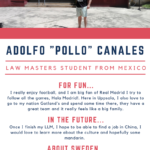

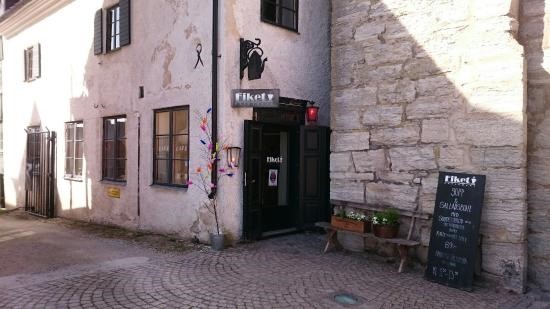


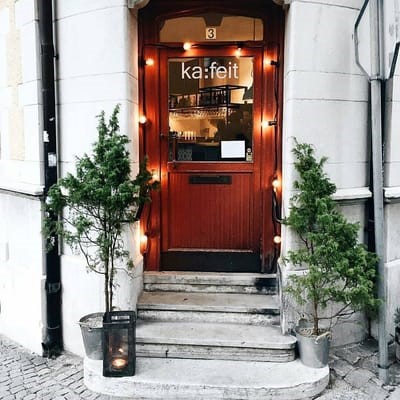
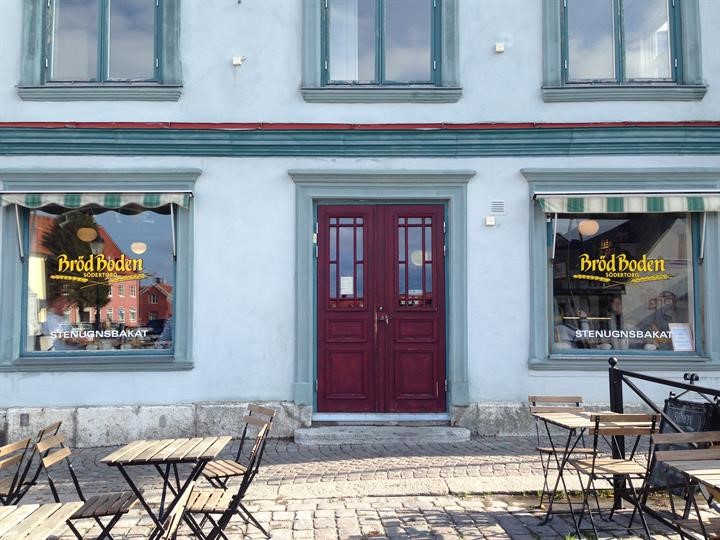
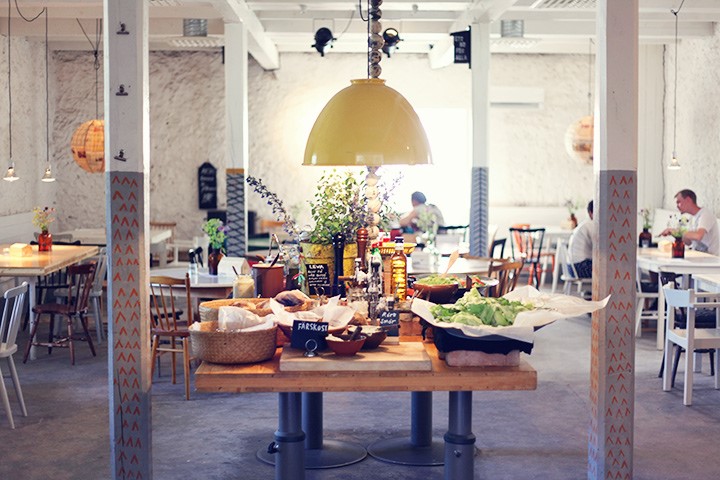
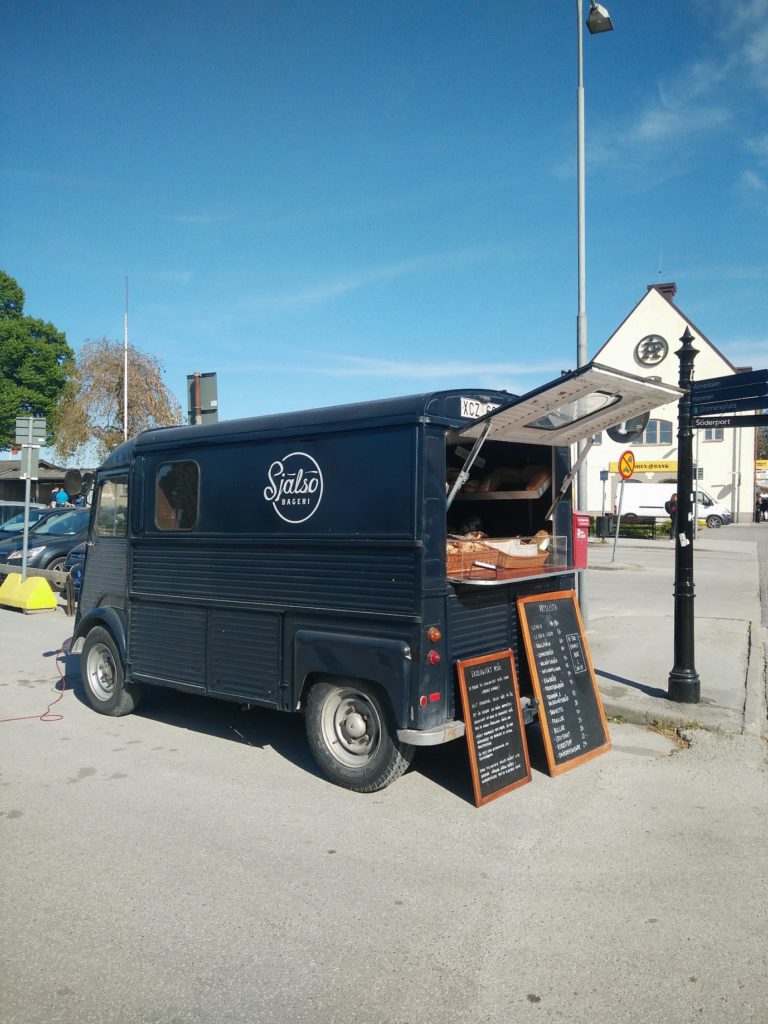
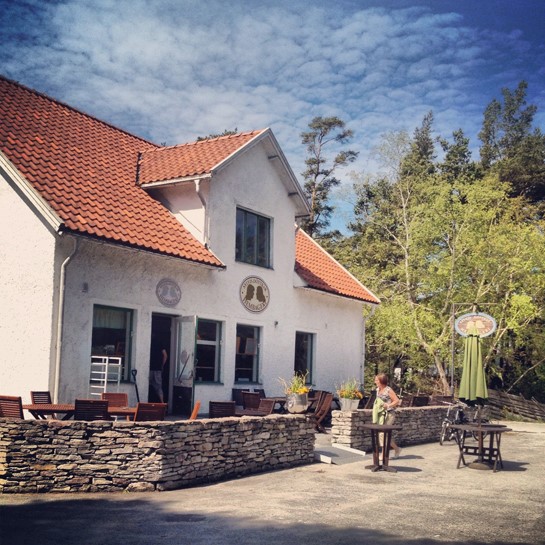
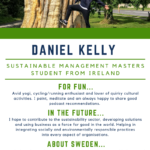
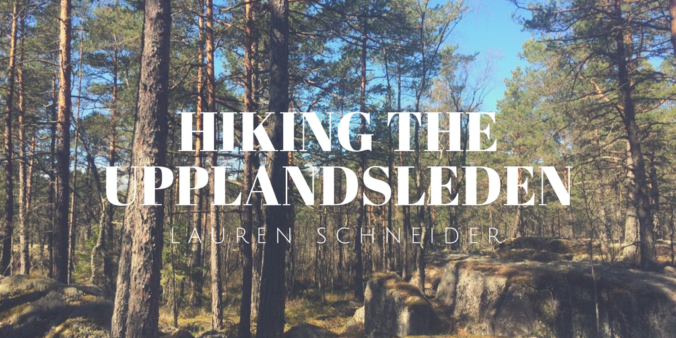



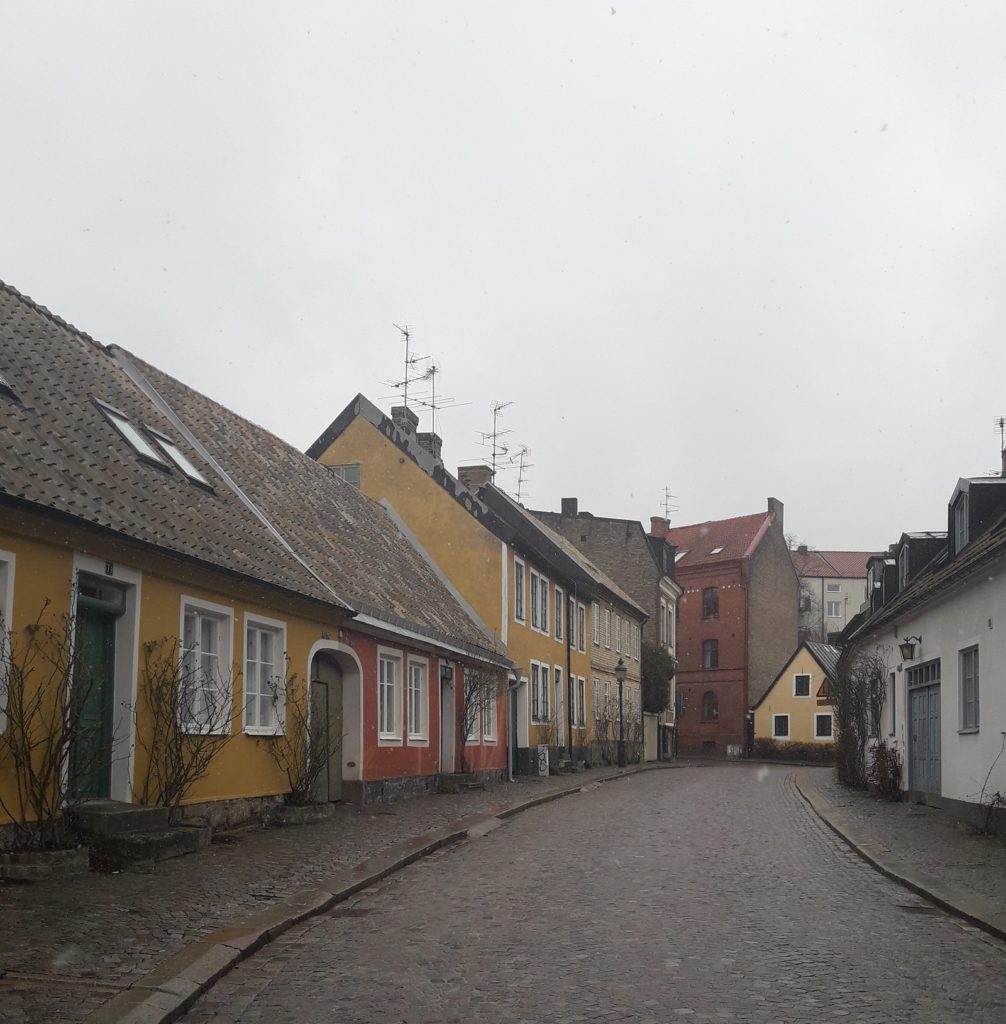





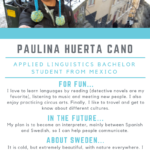

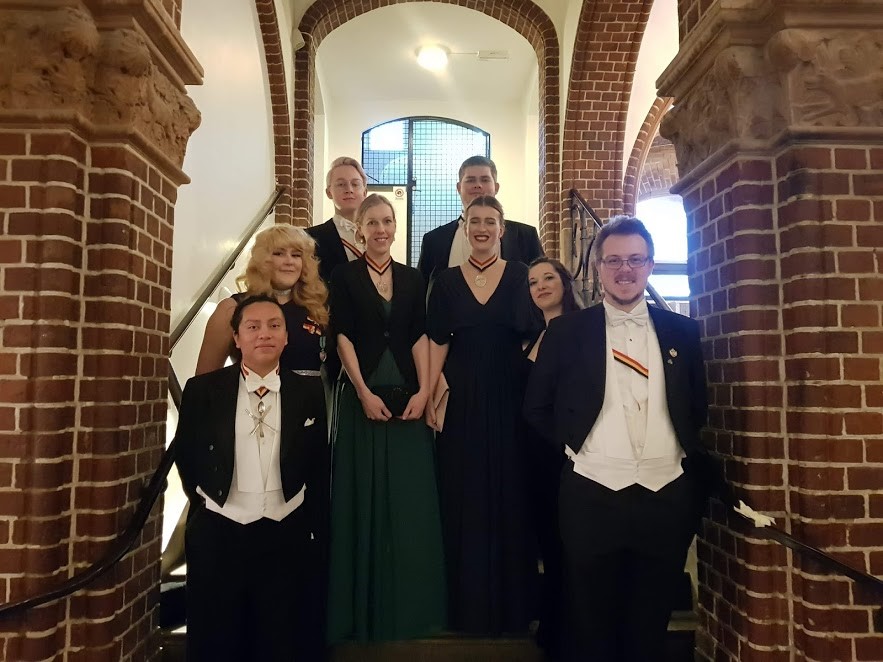

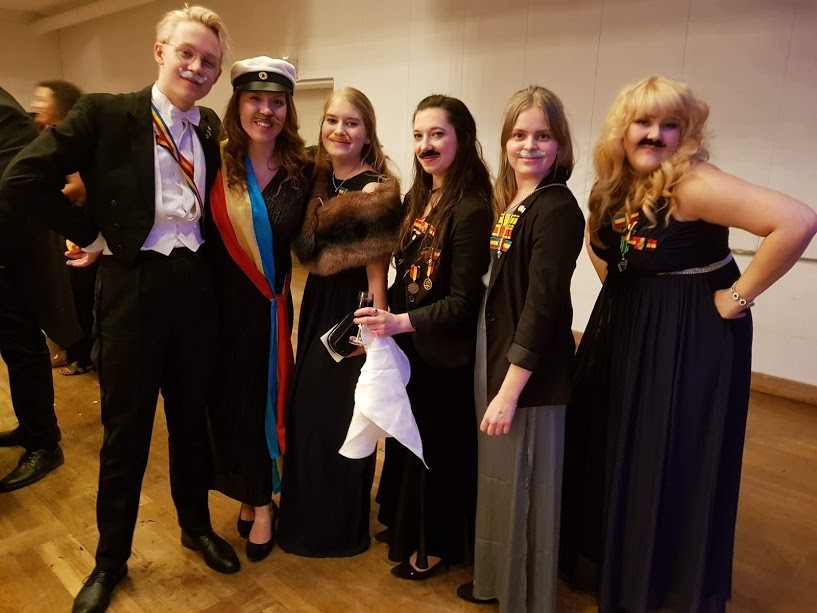


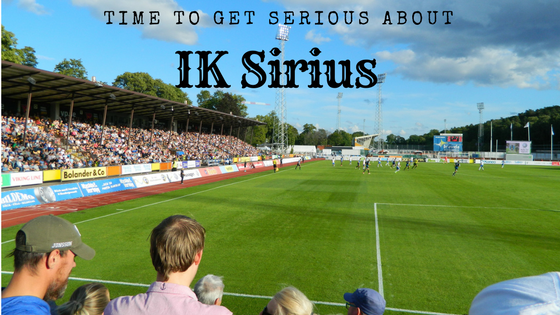
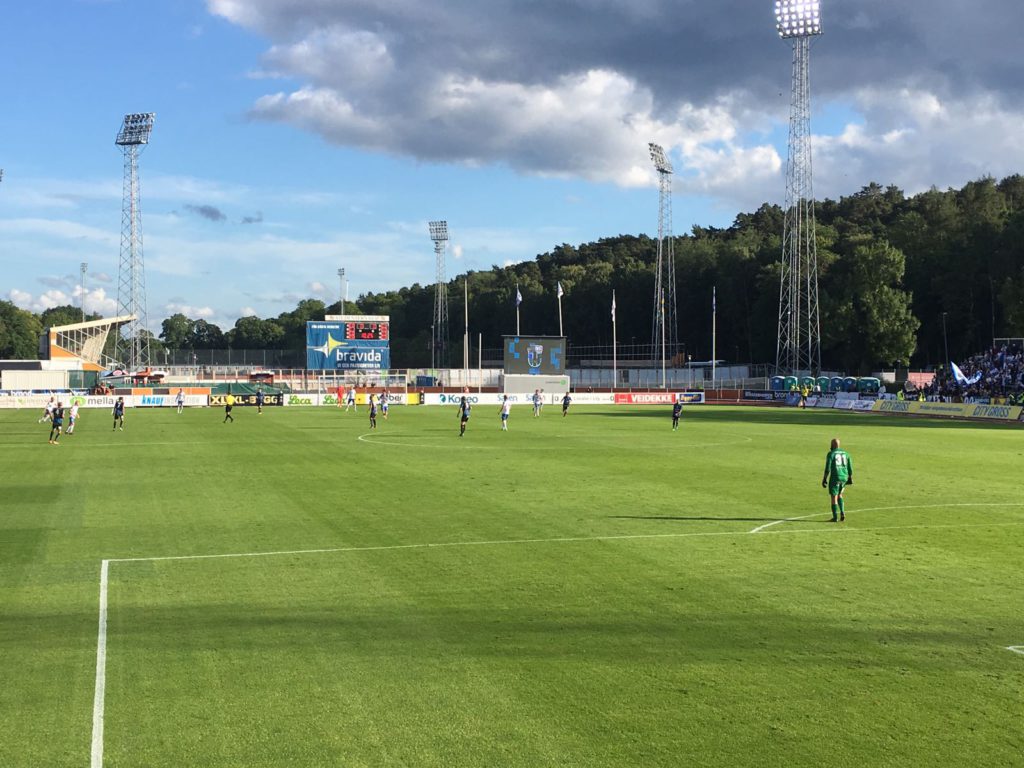


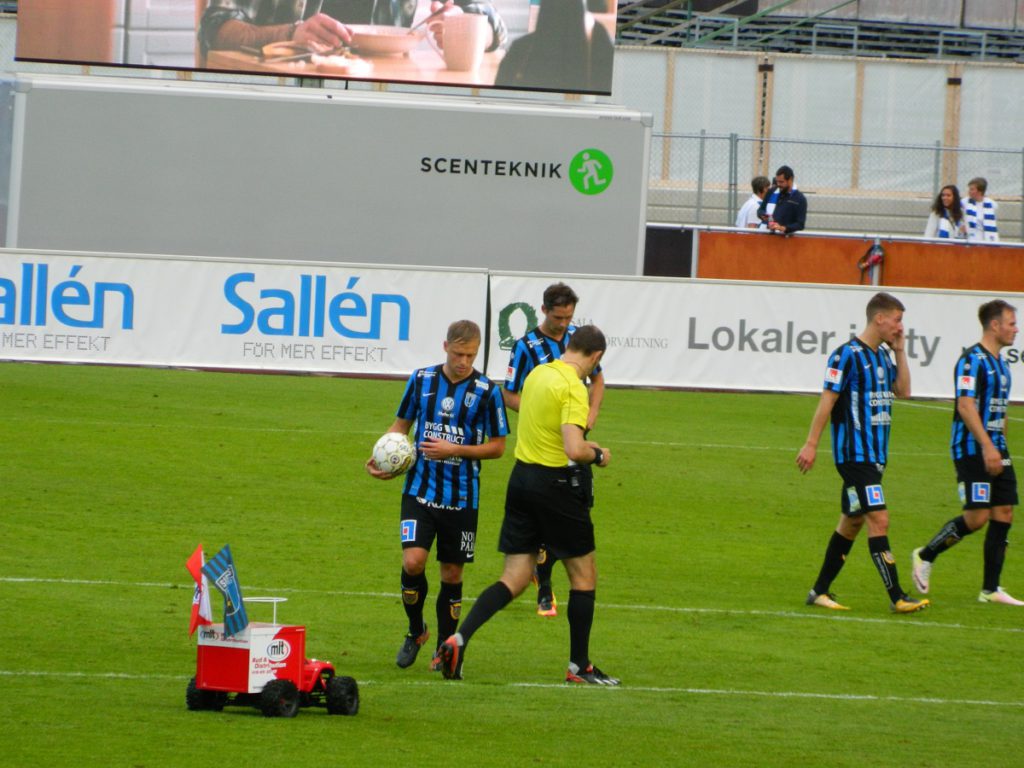

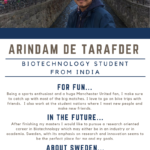


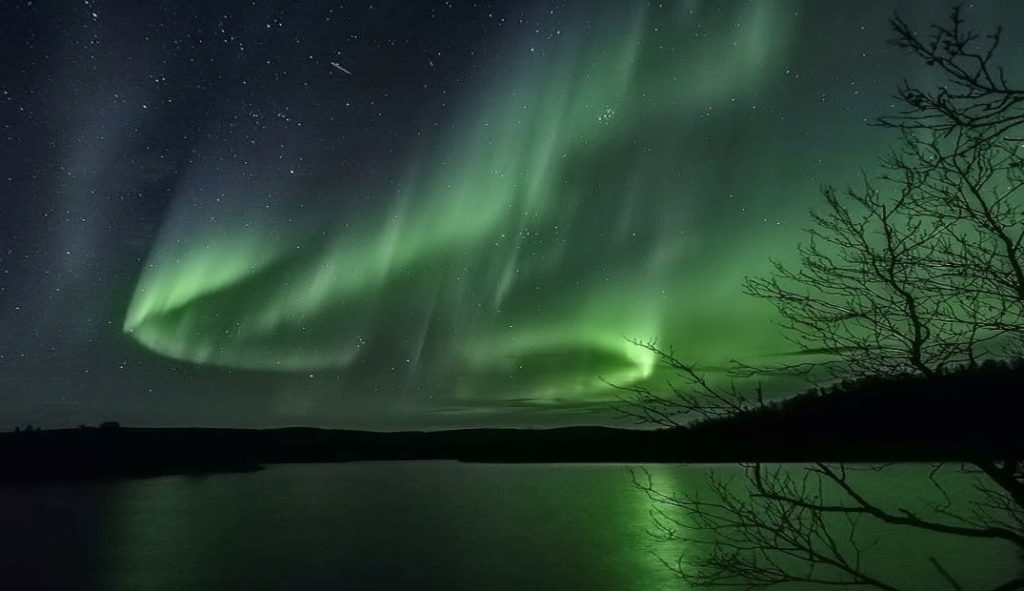
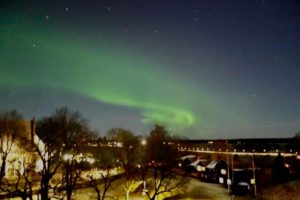
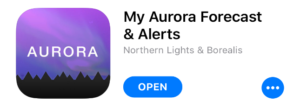

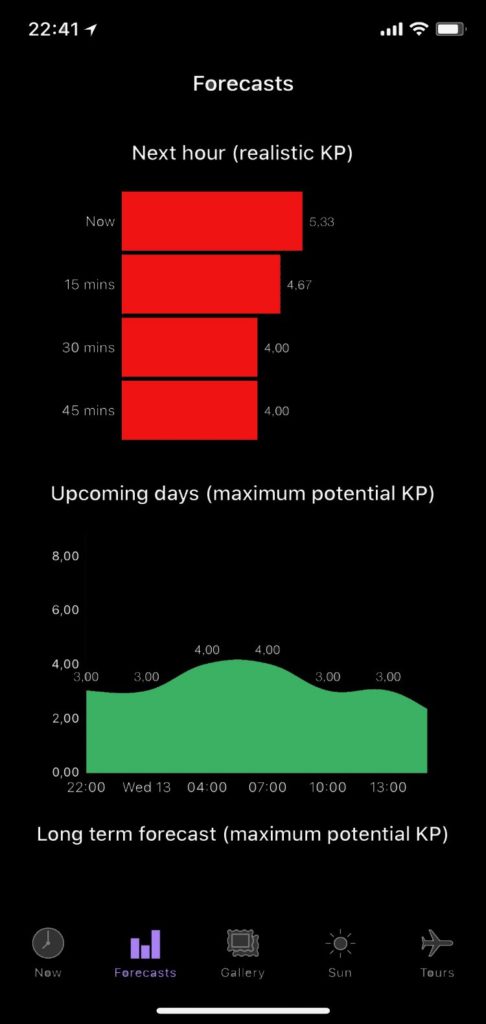

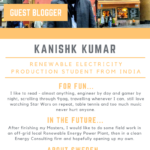
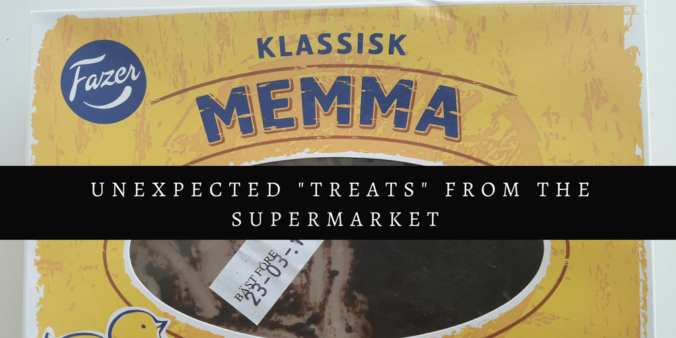

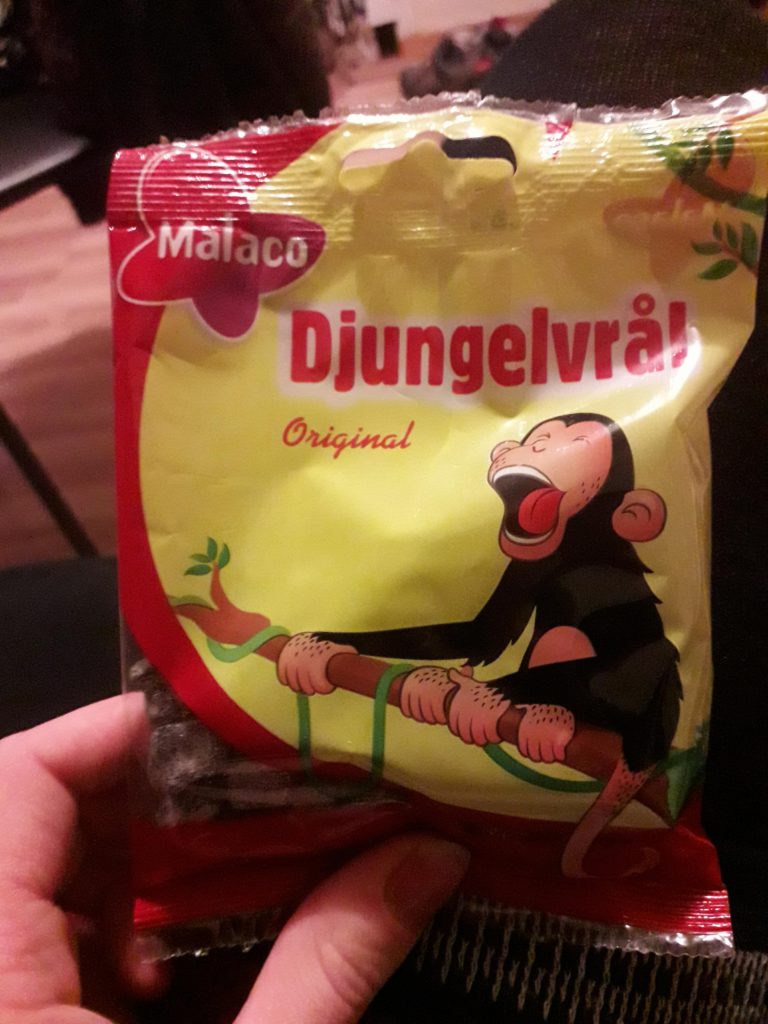
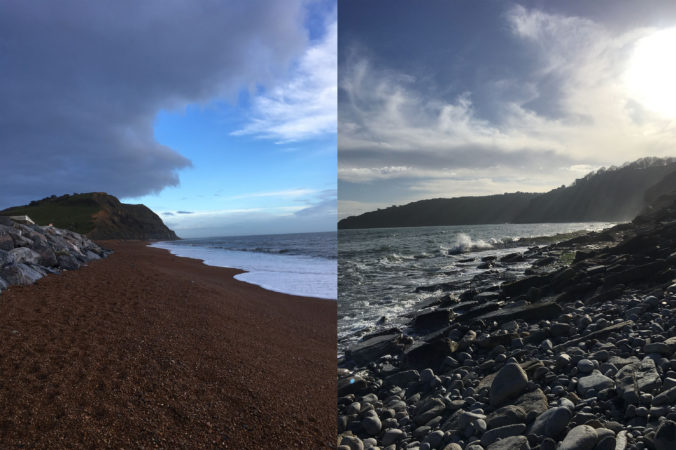
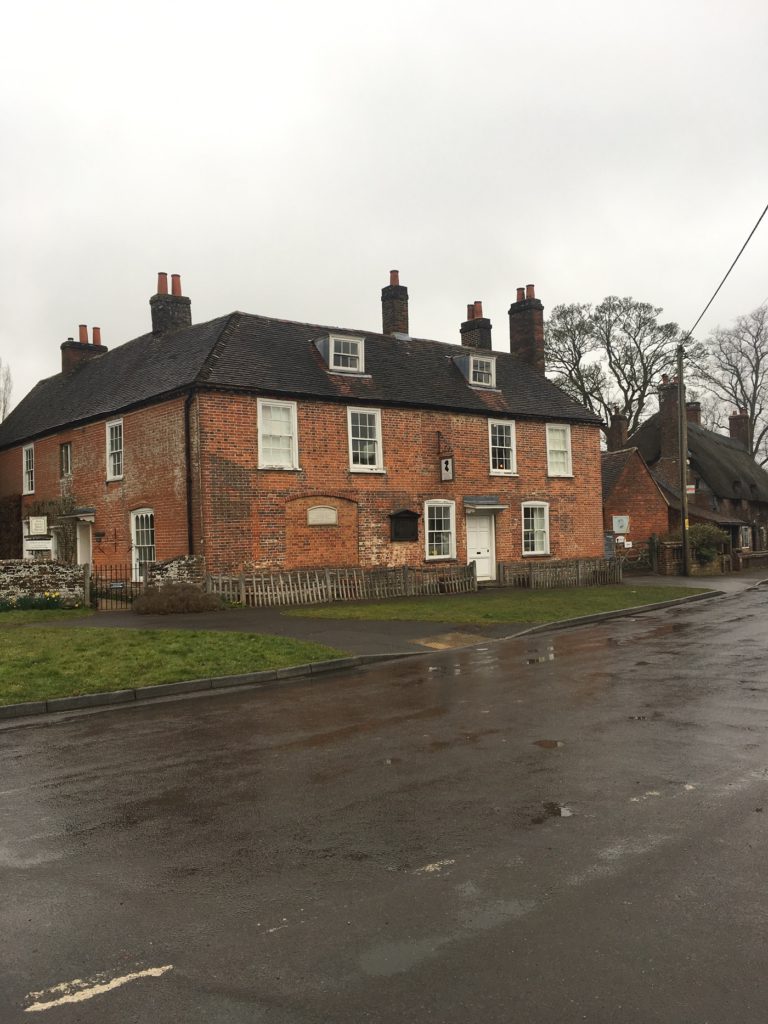
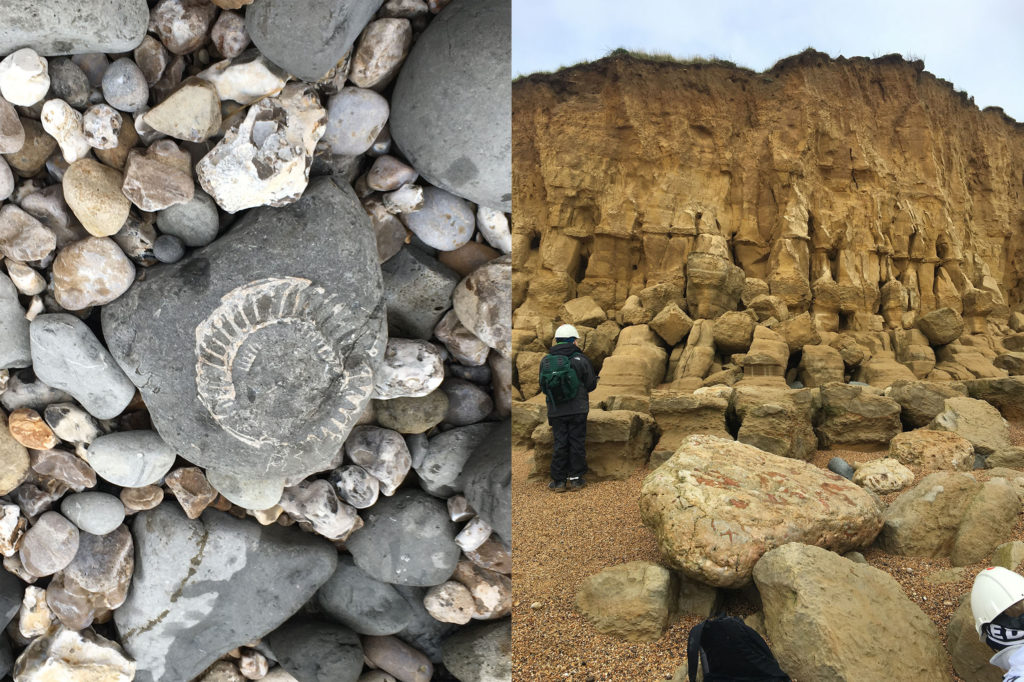
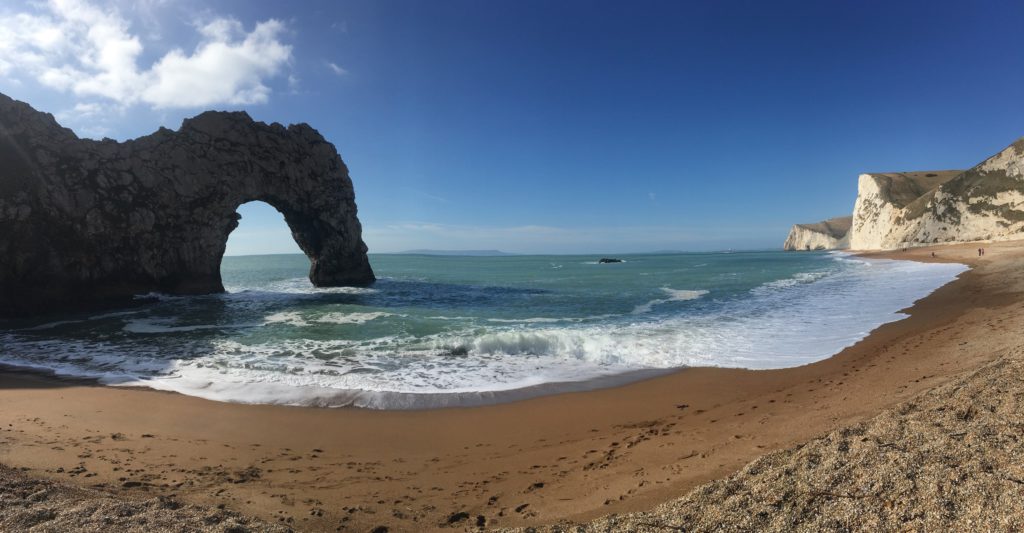

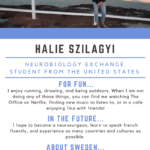
Recent Comments